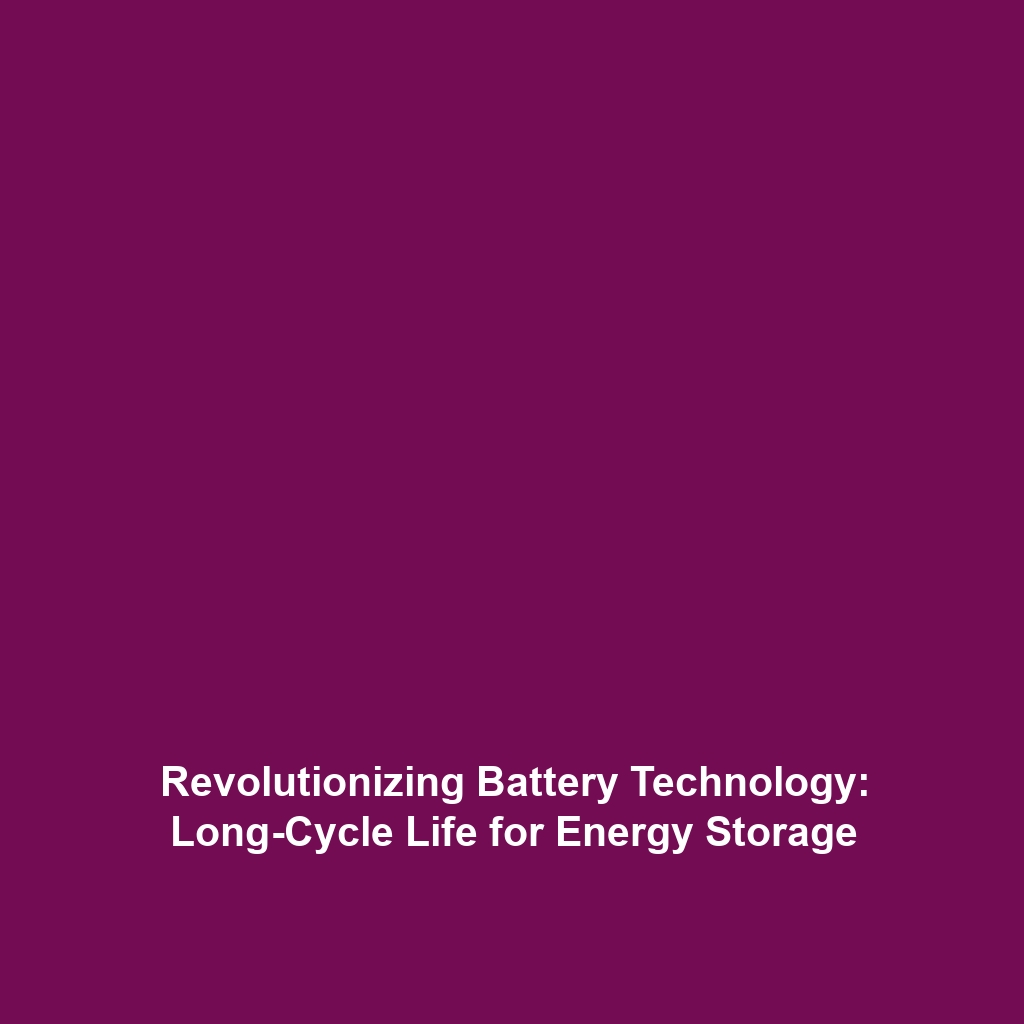Energy Storage and Distribution: Solutions for Storing and Distributing Energy Efficiently
Introduction
The quest for colonizing Mars presents unique challenges, with energy storage and distribution emerging as pivotal components for sustaining human life on the Red Planet. Efficient energy storage solutions will not only support vital operations but also enhance overall mission success. With limited resources and the need for continuous energy supply, understanding how energy storage and distribution can be optimized is essential. This article delves into the efficient methodologies necessary for storing and distributing energy, specifically tailored for colonizing Mars.
Key Concepts
Energy Storage Technologies
Energy storage encompasses various technologies designed to store energy for later use. Key technologies include:
- Battery Systems: Lithium-ion batteries and solid-state batteries are crucial for efficient energy storage on Mars due to their high energy density.
- Thermal Energy Storage: Utilizing materials that store heat can provide a dependable energy source during the cold Martian nights.
- Hydrogen Storage: Hydrogen produced through electrolysis can serve as an energy carrier, essential for fuel cells.
Energy Distribution Channels
Once stored, energy must be effectively distributed to meet the needs of the colonists. Distribution channels are critical in ensuring that energy flows to various habitats, research facilities, and transportation systems.
- Microgrid Systems: Implementing localized energy grids allows for autonomous energy distribution tailored to specific needs.
- Smart Distribution Networks: Using IoT technology to optimize energy distribution can enhance efficiency greatly.
Applications and Real-World Uses
Understanding how energy storage and distribution applies to colonizing Mars involves multiple layers of real-world applications:
- Habitat Ensuring: Energy storage systems are essential for maintaining life-support systems within Martian habitats.
- Rover Missions: Efficient energy solutions will power rovers and exploration vehicles, enabling extensive surface investigations.
- Research Facilities: Laboratories and centers for research on Mars will require consistent energy distribution for ongoing scientific experiments.
Current Challenges
Despite advancements, several challenges remain in the realm of energy storage and distribution for Mars colonization:
- Limited Resources: The scarcity of raw materials on Mars poses a significant challenge for constructing the necessary energy storage systems.
- Extreme Conditions: Harsh Martian temperatures can impact the performance of energy storage solutions.
- Transport Limitations: Transporting energy systems from Earth to Mars involves substantial cost and logistical challenges.
Future Research and Innovations
Emerging technologies are paving the way for future advancements in energy storage and distribution for Mars colonization:
- Solid-State Batteries: Next-generation solid-state batteries may offer enhanced safety and efficiency.
- Advanced Hydrogen Solutions: Researchers are exploring more efficient methods for hydrogen production and storage on Mars.
- AI-Driven Energy Management: Future innovations may include AI systems that can dynamically manage energy distribution based on real-time demands.
Conclusion
In conclusion, efficient energy storage and distribution are vital for the successful colonization of Mars. By implementing advanced technologies and overcoming current challenges, a sustainable energy framework can be constructed, essential for human life on the Red Planet. As research progresses, the ongoing innovations in this field will critically influence the feasibility of living and thriving on Mars. For further reading on related topics, explore our resources on future research and energy solutions for Mars.

